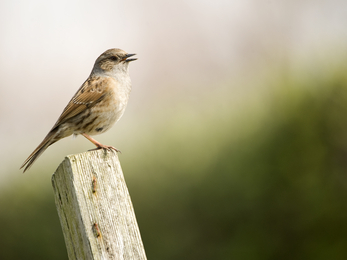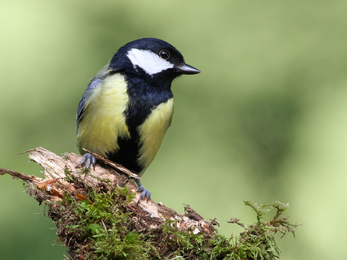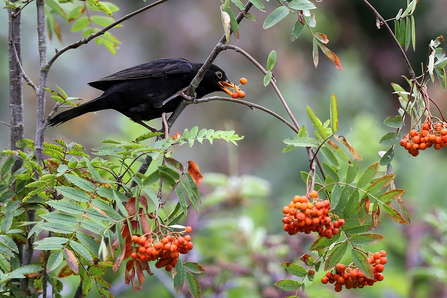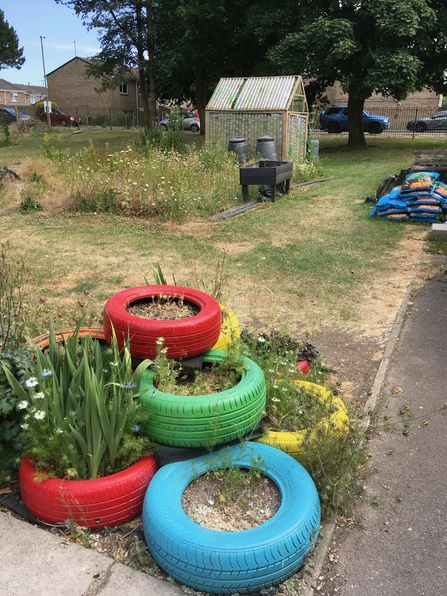Welcome to the February edition of our wildlife-friendly gardening blog!
With 2023 well underway, things are starting to ‘move’ in the garden. Bulbs are popping up and bird song is increasing as they vie for the best nesting territory. On clear days, try listening out for some of our resident songsters. If you are interested in learning a few bird calls, this is a good time to get your ‘ear in’ before the summer migrants arrive!





